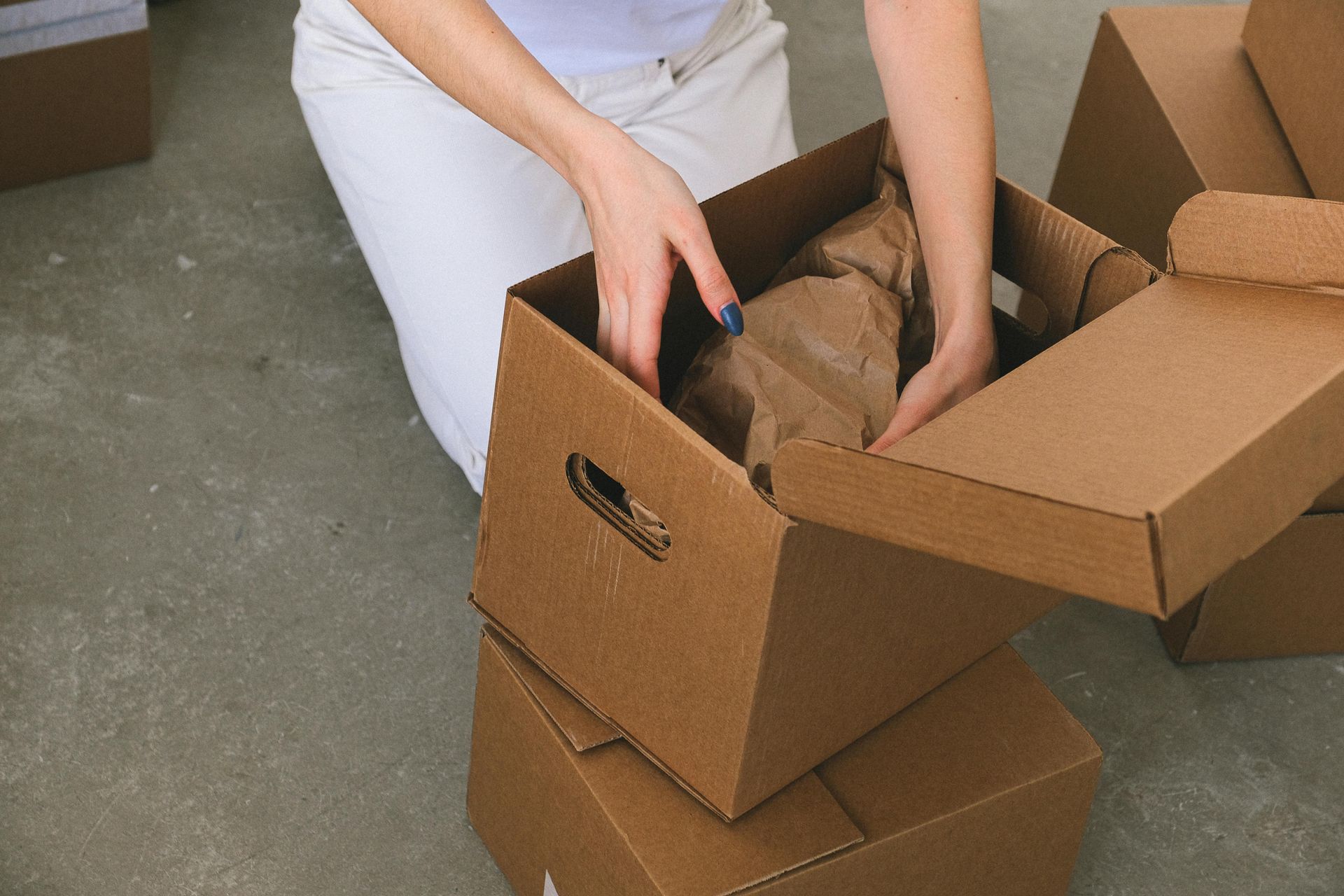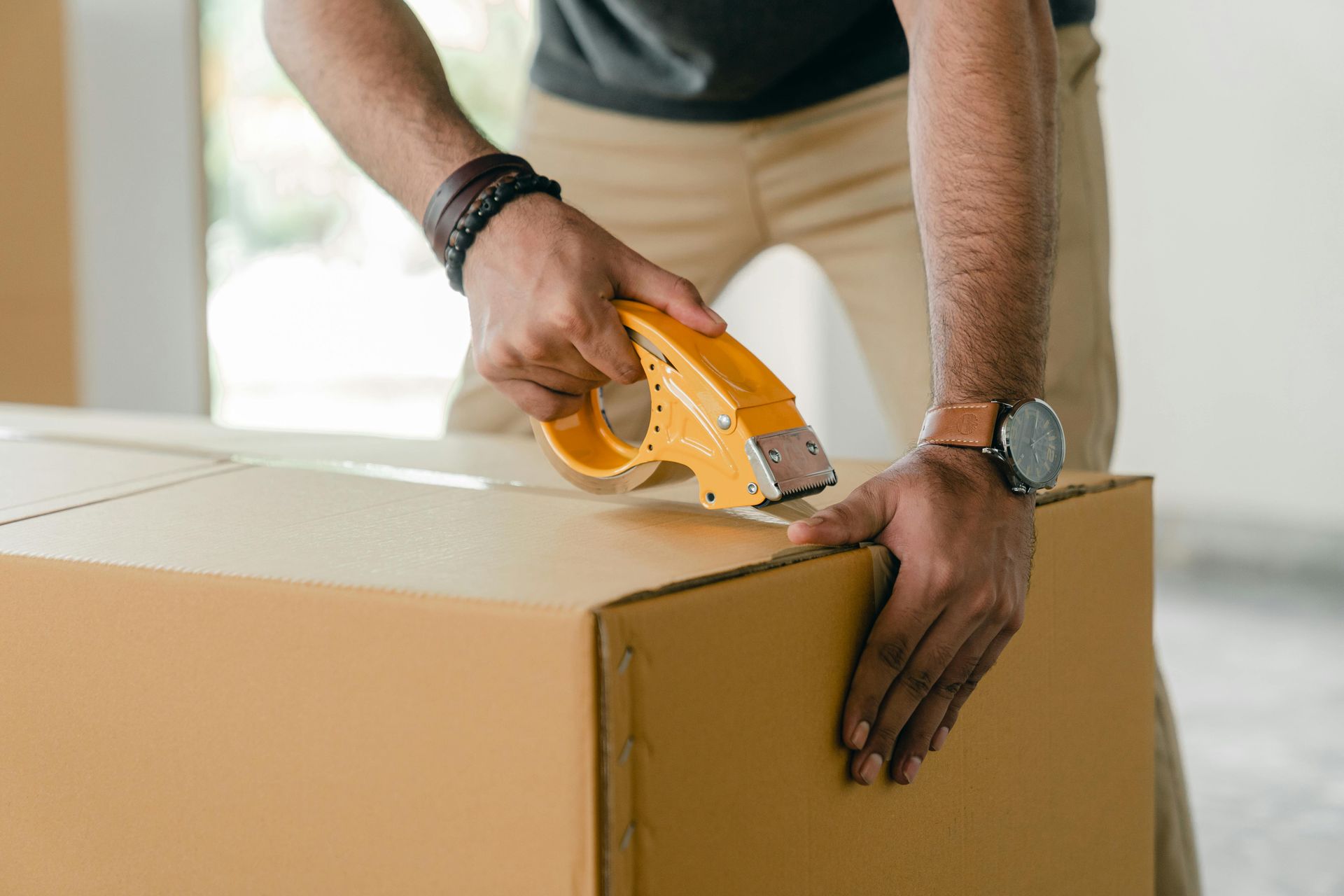Safe Lifting: Techniques to Prevent Injuries During a Move
Moving can be an exhausting and physically demanding process, especially when it involves lifting heavy items like furniture and appliances. To ensure a safe and injury-free move, it's essential to use proper lifting techniques. In this blog, we'll explore various safe lifting methods to help you prevent injuries during your move. And remember, when the lifting gets too tough, R&R Relocation is here to handle the heavy work for you.
1. Warm Up Your Muscles
Before starting any physical activity, it's crucial to warm up your muscles to reduce the risk of injury. Spend 5-10 minutes performing light exercises like stretching, jogging in place, or jumping jacks to get your blood flowing and prepare your muscles for the task ahead. This step is often overlooked, but R&R Relocation emphasizes the importance of warming up, even for professional movers.
2. Assess the Load
Before attempting to lift an item, assess its weight and size. Determine whether it's something you can safely handle on your own or if you'll need assistance from a moving partner or specialized equipment like a dolly or hand truck. At R&R Relocation, our team always assesses each item to ensure safe handling, and you should do the same.
3. Use Proper Lifting Techniques
Follow these guidelines to ensure you're using the correct lifting techniques:
Stand close to the item with your feet shoulder-width apart for optimal stability.
Bend your knees and lower your body into a squatting position while keeping your back straight.
Grip the item firmly with both hands, making sure to secure your hold on the object.
Slowly lift the item by straightening your legs and using your thigh muscles instead of your back. Avoid twisting or bending your spine as you lift.
Keep the item close to your body throughout the lifting process to maintain balance and minimize strain on your back.
4. Enlist Help When Needed
For larger or heavier items, it's essential to enlist the help of a moving partner or use specialized equipment like a dolly or hand truck. This will reduce the strain on your body and decrease the risk of injuries. R&R Relocation’s trained professionals are always ready to assist with those cumbersome items to keep you safe.
5. Wear Appropriate Attire
Wear comfortable, non-restrictive clothing and closed-toe shoes with good traction to prevent slips and falls during the move. Avoid wearing loose clothing or accessories that could get caught on objects or interfere with your ability to lift safely.
6. Use Lifting Aids
Lifting aids such as furniture sliders, lifting straps, and moving harnesses can help distribute the weight of heavy items more evenly and reduce the strain on your body. These tools can make the moving process safer and more manageable. At R&R Relocation, we use a variety of lifting aids to ensure safe and efficient moves for our clients.
7. Practice Safe Carrying Techniques
Once you've lifted an item, it's essential to practice safe carrying techniques:
Keep the item close to your body and maintain a firm grip on it at all times.
Move slowly and deliberately, avoiding any sudden movements that could cause you to lose balance or strain your muscles.
Communicate with your moving partner, especially when navigating tight spaces or staircases, to ensure coordinated and safe movement.
8. Plan Your Route
Before lifting and carrying items, plan your route to minimize the distance you'll need to travel while carrying heavy loads. Clear any obstacles or tripping hazards from your path to ensure a safe and efficient move.
By following these safe lifting techniques, you'll significantly reduce the risk of injuries during your move. Remember to warm up, assess the load, use proper lifting and carrying methods, enlist help when needed, wear appropriate attire, use lifting aids, and plan your route. If lifting ever feels like too much, R&R Relocation is just a call away to handle your moving needs with care and expertise.
Happy moving!











